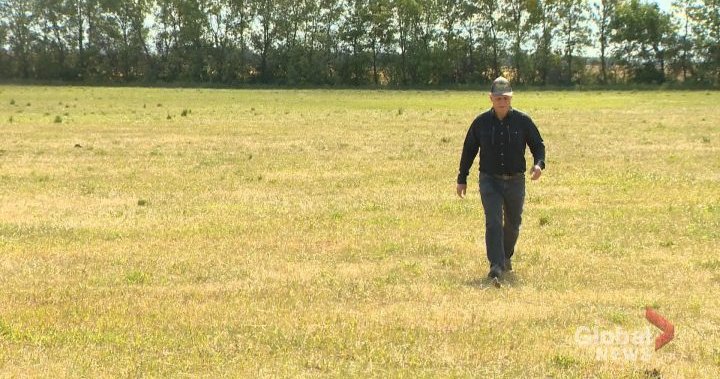Saskatchewan producers ask federal government to measure fertilizer emissions by examining effective use | Globalnews.ca
The Agriculture Producers Association of Saskatchewan (APAS) has officially submitted a number of comments to the federal government addressing concerns with the proposed fertilizer emissions target for 2030, strongly advocating for an “intensity-based” approach to measuring emissions.
The goal of the reduction is to reduce nitrous oxide emissions by 30 per cent while maintaining yields and using less fertilizer. Something APAS said is easier said than done for many producers.
Read more:
Speed-on-green initiative discussed at recent City of Regina council meeting
Read More
-
Speed-on-green initiative discussed at recent City of Regina council meeting
According to Ian Boxall, the president of APAS one of the biggest issues in reducing fertilizer emissions is actually measuring it as the government currently measures how much fertilizer is bought, not how much is used.
“We have seen increased fertilizer use over the last number of years, but I also believe we have seen huge increase in production,” Boxall said. “When you look at the amount of nitrogen used per bushel of grain produced, that correlation would show we’re getting good use out of our fertilizer currently.
Moving forward, he hopes through research from the federal government they can tell producers how to actually reduce emissions and keep production at current levels with the world relying on Saskatchewan food.
“We’ve got to ensure that producers understand that this is an emissions reduction, not a fertilizer reduction,” said Boxall.
Read more:
Paramedics conference in Saskatoon aims to teach, improve services
“We’re at the forefront of the environment. We see it every day on our land and on our farms and we care more than people give us credit for and we will do what we can do that’s best for the environment,” Boxall said. “In the same token, we need to ensure that we continue to produce the products that need to export it around the world”
In a report by commissioned by Fertilizer Canada and the Canola Council of Canada, the report suggests Canadian farmers can likely only achieve half of the targeted 30 per cent reduction in fertilizer emissions.
According to the government, between 2005 and 2019, fertilizer use on Canadian farms increased by 71 per cent. Over the same period, fertilizer-related emissions of nitrous oxide in Canada increased by 54 per cent.
For Boxall, it is all about how the government works with producers to create a plan.

© 2022 Global News, a division of Corus Entertainment Inc.
For all the latest world News Click Here





